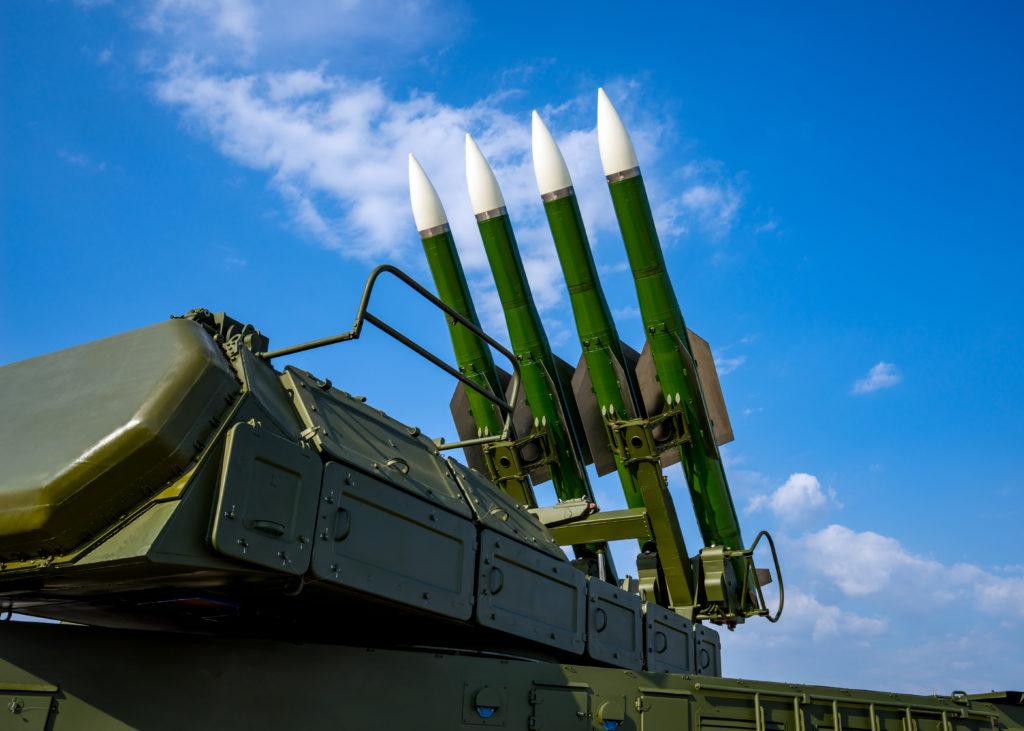U.S. Cities, Military Bases Vulnerable to Enemy Cruise Missile Attack

Ballistic missile launcher with four cruise missiles on powerful mobile transportation on background blue sky, antiaircraft forces, military industry
Originally published by The National Interest
The U.S. military views development in cruise-missile technology by these countries with concern.
America’s cities and bases along the nation’s coasts face serious vulnerabilities to attack from enemy cruise missiles. They can be fired from submarines, warships and even container ships in international waters.
Latest posts by John Rossomando (see all)
- Biden channels Neville Chamberlain as Putin threatens Ukraine - December 10, 2021
- John Rossomando – The sequel to Kabul? - December 8, 2021
- COVID vaccine mandate proves Biden administration doesn’t care about military readiness - December 3, 2021
